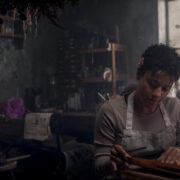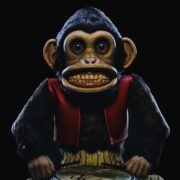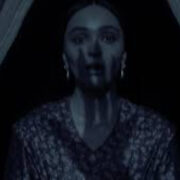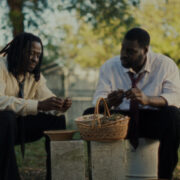Hosing Down Hitchc*ck: Yet Another Look At The Legendary Shower Scene In PSYCHO
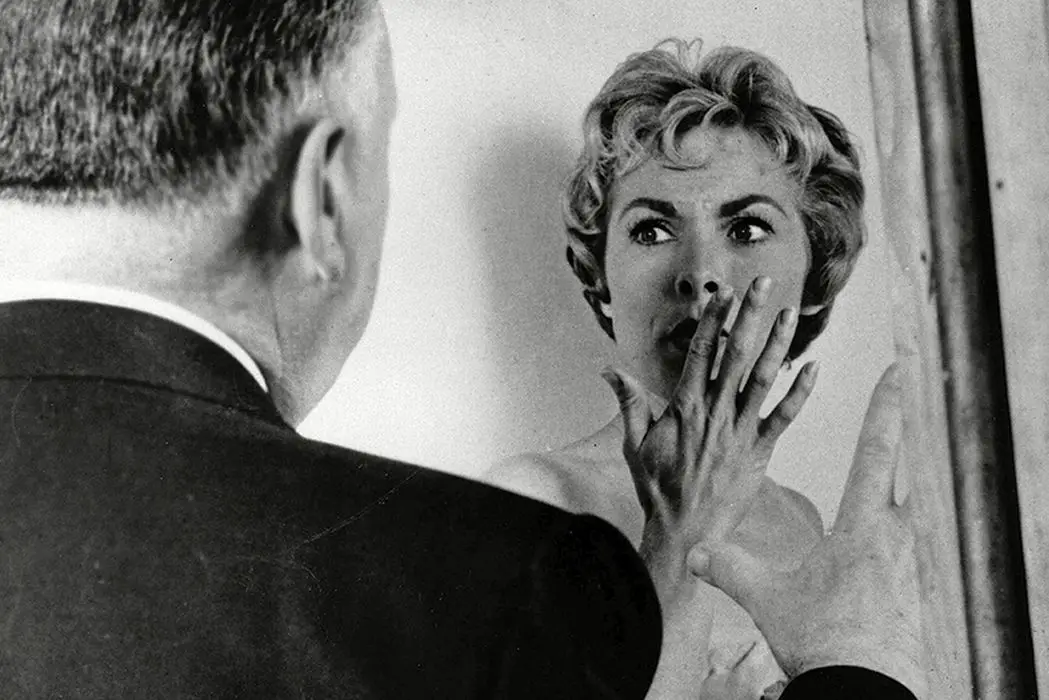
Tim Brinkhof is a Dutch journalist based in New York.…
It is said that Janet Leigh, the actress who played love-struck fugitive Marion Crane in Alfred Hitchc*ck’s 1946 Psycho, thought the infamous scene in which her character meets an untimely and unsanitary death at the hands of deranged motel owner Norman Bates so terrifying she was unable to set foot inside a shower for years. While I myself had no problem hopping into one just hours after my first time viewing, I can’t overlook the astounding influence this film has had on generations of filmgoers. But what is it about this particular sequence that allowed it to become one of (if not the) most iconic in the entire history of its medium?
Pulling Back the Curtain
Surprise has always been hard to come by in Hollywood productions, whose big budgets typically inhibit filmmakers from misleading their audiences in any significant manner. When I think of the boldest choices I’ve seen on the big screen in recent years, my mind jumps to the defeat of confident and c*cky Metroman in DreamWorks’ animated superhero spoof Megamind (2010), or the death of Colin Firth’s calm and classy agent character in Matthew Vaughn’s spy flick Kingsman (2014). Shocking though these events were, however, neither constitutes the killing of an actual main character, nor did they prove, for that matter, final. Even Psycho’s TV equivalent, Game of Thrones, did not bring about the demise of its initial protagonist, Eddard Stark, until the penultimate episode of the first season, when his story had already gotten underway.
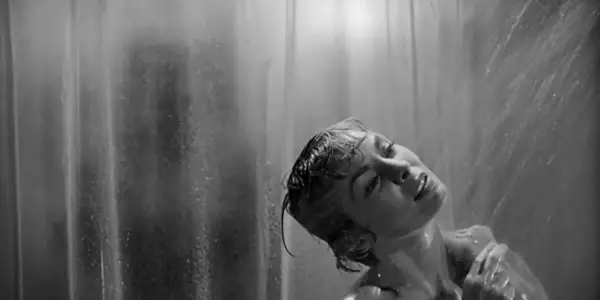
But whereas Hitchc*ck’s contemporaries may not have expected to witness the brutal murder of the very woman whose porcelain face adorned this film’s manifold promotional materials, the modern viewer – that is, unless they grew up in the middle nowhere under the watch of an overprotective mother – goes into this film knowing full well what’s going to happen. By that logic, the aura of the shower scene ought to have diminished over time, and yet that’s anything but what happened.
If the source of its strength, therefore, isn’t the element of surprise, then maybe it’s the premise. For starters, Bates could not have encountered his prey in a more vulnerable state. Completely disrobed – even her puffy hairdo, a marker of 60s femininity, is completely undone by the water – Marion has been stripped down to her most basic human form. Then there’s the location itself. The bathroom – normally a place of comfort, safety, and privacy – here becomes, with the mere pull of a curtain, a space of pain, danger, and exposure. And let’s not forget the thematic position that this scene occupies in the larger plot of the film. Coming just moments after Marion has made up her mind to return the money and thus undo her crime, the shower represents her literally washing away her guilt. Rather than being reborn, of course, she is killed.
Clever Execution
Hitchc*ck’s sequence also owes a great deal to its expert craft. Because of regulations at the time the film was made, the Master of Suspense was not permitted to show any contact between Bates’ knife and Marion’s skin. In order to still convey what was going on, he chose to juxtapose shots of the killer’s weapon with Leigh’s agonizing facial expression. Ironically, the montage which resulted from this decision proved captivating not because of what we do see, but what we don’t. Unable to tell whether Marion is actually being hurt or not, we are forced to hold our breaths as we wait for that final, slow-burning reveal when her blood mixes with the water and spirals down the drain.
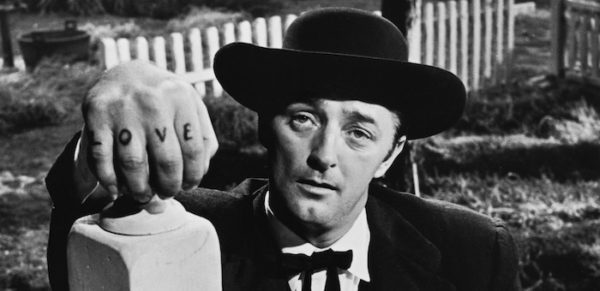
The jarring effect produced by this kind of editing reminds me of Charles Laughton’s 1955 thriller The Night of the Hunter, and, given how that movie also follows a woman at the mercy of an unhinged killer with a false persona, that is perhaps no coincidence. When criminal-turned-reverend Harry Powell fails to con a poor family out of their late father’s hidden savings, he sets his showman’s subtlety aside in favor of brute force. During the climax of the story, one of the family’s protectors fires at Powell with a shotgun. Rather than showing him get hit, however, Laughton instead jump cuts to the Reverend as he emerges from the shadows and flees whilst letting out a loud, animalistic scream vaguely reminiscent of composer Bernard Hermann’s screeching violin. As with Psycho, the ambiguity of the presentation gives rise to confusion, which in turn gives way to fear.
Psycho vs. Psycho
Any other qualities I thus far failed to pick up become more evident when comparing the work of Hitchc*ck to that of modern day filmmaker Gus van Sant, whose 1998 remake isn’t as much of a remake as it is a reboot. Copying Joseph Stefano’s script almost word for word, and deliberately imitating the original camera movements pretty much beat by beat, Van Sant adjusts rather than alters, tweaks rather than changes, and interpolates rather than interprets.
One of his most obvious departures from his source material involves a change in décor. The motel’s shower curtain, which was translucent in the Hitchc*ck version, is exchanged for a tasteless fractal-imprinted sheet which, though it reflects Bates’ split personality as his distorted silhouette approaches, adds a kind of visual barrier between prey and predator that seriously detracts from the original’s voyeuristic subtext.
A more welcome modification can be found in the direction of the actors. Marion’s hand, which under Hitchc*ck’s guidance presses against the pristine white tiles as the rest of her body collapses into the tub, gets replaced by a streak of blood, oozing from an unseen, but presumably gaping wound round the shoulder as her back slowly slides down the wall – a subtle touch which the Master’s much tamer version would have doubtlessly benefited from.
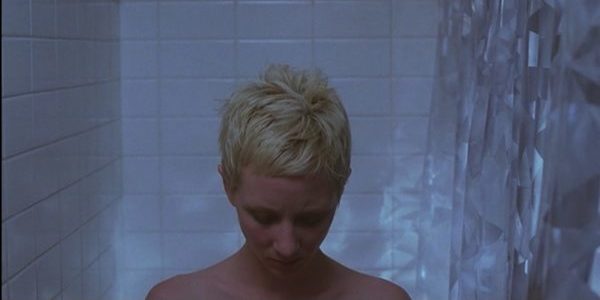
All in all, Van Sant’s renovation of this cinematic monument is an agreeable one, and his labor might have even deserved to be called admirable were it not for one unforgivable sin he committed in the editing room. What Van Sant removes in terms of melodrama, he adds in kitsch as, for some inexplicable reason, he thought it a good idea to intersperse his murder montage with sped up shots of a darkening sky and Marion’s rapidly enlarging pupil. Not only has a vision of death seldom been portrayed in such an over-saturated and unoriginal style, this unnecessary amendment unquestionably diminishes the singular strength of the original and contradicts some of its most fundamental principles.
Disgusted and disheartened by the gory source material, distributors over at Paramount allotted Hitchc*ck with a budget that was remarkably small for one of the most acclaimed and commercially successful filmmakers of the age. Turning a setback into an advantage, the resourceful director hired a crew the size of which one typically reserved for television productions, and set to work creating a movie that, rid of all unnecessary fluff, ensnared audiences by its sheer simplicity – and it is precisely this simplicity that Van Sant, along with many others like him who attempted to feed off the late Master’s legacy, did away with in their own endeavors.
Final Thoughts
I probably should have mentioned at the start of this essay that I have never been a huge fan of the so-called classics. Citizen Kane, Casablanca, and Chinatown are all films that, though they top the list of virtually every self-respecting critic, failed to move me in any profound way whatsoever, and each time I see a movie that other people think I ought to have seen a long time ago already, my cynical self simply cannot help but wonder how much of their unquestionably powerful aura has always been there thanks to some inherent quality, and how much has been added to it after the fact by the blathering of sheepish connoisseurs.
In the case of Psycho, though, I actually do think the movie gained in potency as the years have passed, and the language of filmmaking evolved.”There is no terror in the bang,” Hitchc*ck once said, “only in the anticipation of it.” While this quote – alongside the hundreds of writers which preceded me – fails to provide a clear, single answer to what made Psycho so great to begin with, it does provide a compelling hypothesis for what made it legendary over time. Indeed, perhaps even better than those blissfully ignorant instances when we do not know what is going to happen are those nail-biting moments when we anxiously await what is about to come, and the shower scene epitomizes that sensation like no other bit of footage known to man does.
Does content like this matter to you?
Become a Member and support film journalism. Unlock access to all of Film Inquiry`s great articles. Join a community of like-minded readers who are passionate about cinema - get access to our private members Network, give back to independent filmmakers, and more.
Tim Brinkhof is a Dutch journalist based in New York. He studied history and literature at New York University and currently works as an editorial assistant for Film Comment magazine. His writing has been published in the New York Observer.


